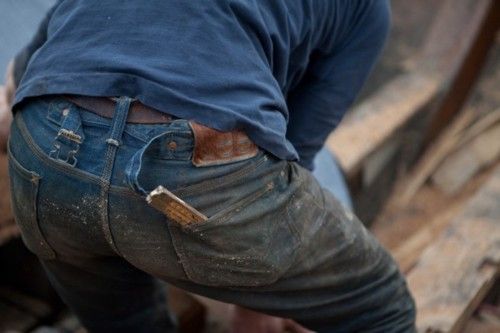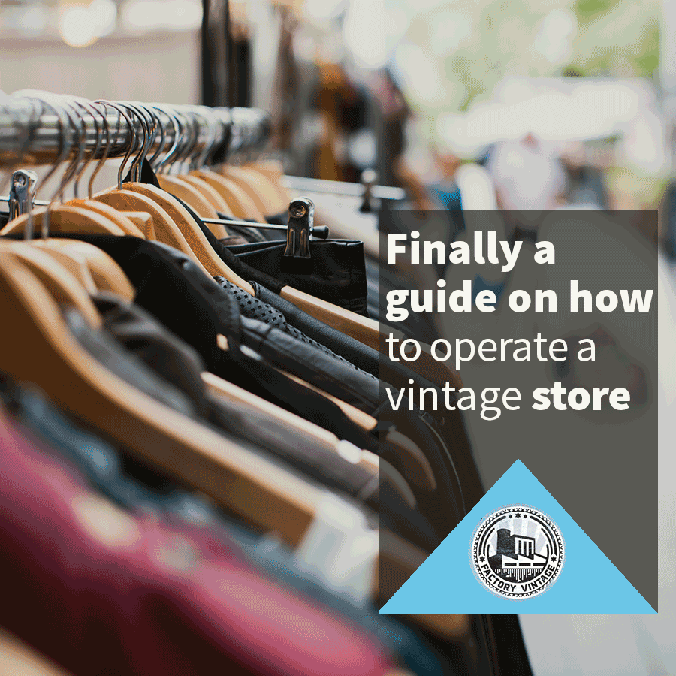
Thrifting vintage clothing is not only an eco-friendly choice but also a fantastic way to discover unique, fashionable items that stand out from contemporary fast fashion. Whether you’re a seasoned thrifter or a novice eager to explore, mastering the art of thrifting vintage clothes requires insight, strategy, and a keen eye for quality. This article will guide you through the essential techniques and secrets that can transform your thrifting experience, making it as rewarding as it is fun.
Understand the Value of Vintage
Vintage clothing refers to garments from a previous era, typically ranging from 20 to 100 years old, and is prized for its historical significance, craftsmanship, and uniqueness. Recognizing the value of vintage pieces is crucial because it allows you to spot real treasures among general second-hand clothes. Quality fabrics, intricate detailing, and timeless styles are hallmarks of vintage clothing that often surpass the build and design of modern attire.
Know Where to Look
Choosing the right places to thrift is half the battle won. While thrift stores, estate sales, and flea markets are common hunting grounds, not all are created equal. For high-quality vintage finds, focus on areas known for a rich history or a vibrant cultural past. Stores located in upscale neighborhoods or cities with a storied fashion industry can be goldmines for vintage aficionados.

Timing is Everything
The best time to visit thrift stores is often during weekdays when they are less crowded. Additionally, shopping early in the month or just after major holidays can be advantageous, as many people donate old clothes during these times. Staying informed about when new stock hits the shelves or when special sales are happening can also lead to prime thrifting opportunities.
Learn to Identify Authentic Vintage
Being able to distinguish between genuine vintage and retro reproductions is vital. Look for clues such as union labels, metal zippers, and handmade stitching, which typically indicate garments are truly from a bygone era. Familiarize yourself with fashion history or carry a reference guide on labels and styles to make more informed decisions.
Check for Quality and Condition
When thrifting vintage clothes, scrutinize each item for signs of wear and damage. Check for stains, tears, and missing buttons, which can all devalue a garment. However, don’t be deterred by minor flaws that can be easily fixed, such as loose seams or pilling. Items in good condition are worth the investment, especially if they are rare or particularly iconic.
Mix and Match Eras
One of the joys of vintage thrifting is the ability to create a style that transcends time. Mixing garments from different eras can lead to a truly individualized look. Pair a 70s boho blouse with a pair of 50s high-waisted trousers for a look that is both eclectic and cohesive. Understanding the silhouette and fabric of each period allows for creative combinations that are both stylish and historically informed.
Caring for Your Finds
Preserving the quality of vintage clothes is as important as finding them. Research the appropriate care for different fabrics and treatments. Many vintage items need to be hand-washed or dry-cleaned to maintain their condition. Proper storage is also crucial; use padded hangers, breathable garment bags, and avoid over-stuffing closets to keep your vintage clothing in pristine shape.

Building a Vintage Wardrobe
Begin with classic pieces that are versatile and can be styled in multiple ways. A well-tailored blazer, a silk scarf, or a leather bag are staples that can elevate any outfit. As your collection grows, you can start adding more statement pieces that showcase your personal style and preferences.
Stay Ethical and Sustainable
Thrifting is inherently sustainable as it promotes reuse and reduces waste. However, ethical considerations should also guide your choices. Support local businesses and charities by choosing thrift stores that give back to the community or promote fair labor practices.
Networking with Other Thrifters
Building relationships with store owners and fellow vintage lovers can lead to tips about upcoming sales or hidden gems. Joining online forums, attending vintage fairs, and following vintage blogs can also enhance your knowledge and connect you with a like-minded community.
Thrifting vintage clothes is more than just shopping; it’s an adventure into the past, a statement about sustainability, and an expression of personal style. By applying these expert tips, you can master the art of thrifting and discover pieces that resonate with your aesthetic, all while contributing to a more ethical fashion future.







Leave a Reply